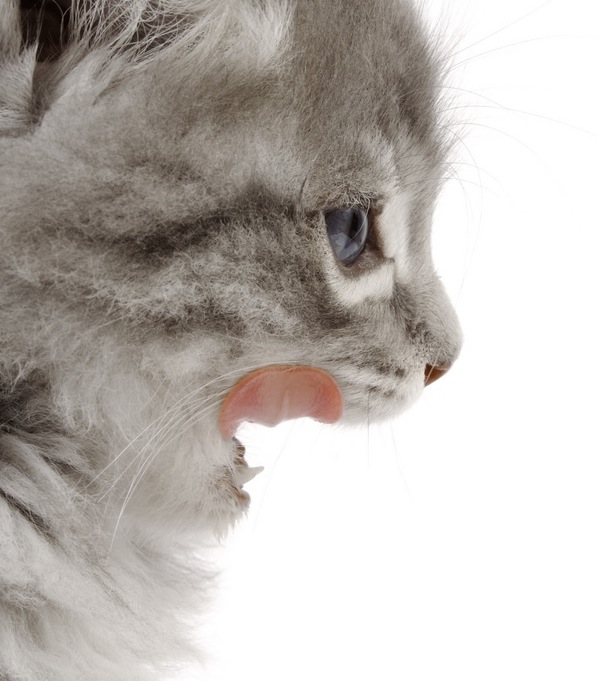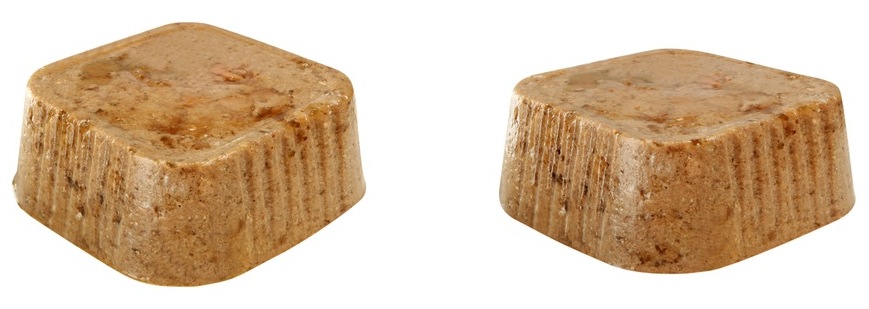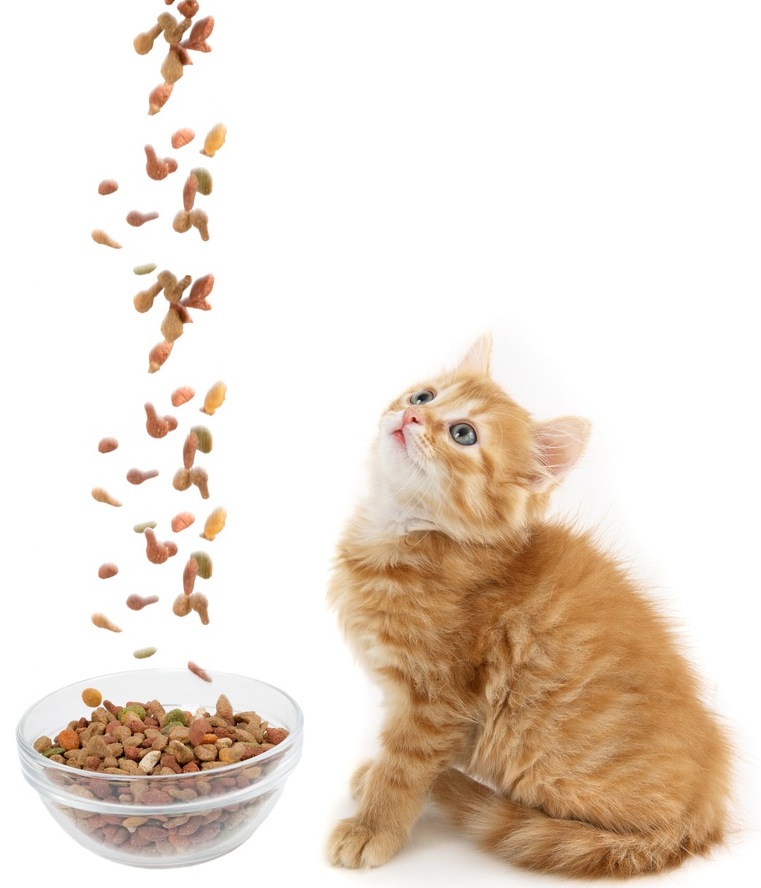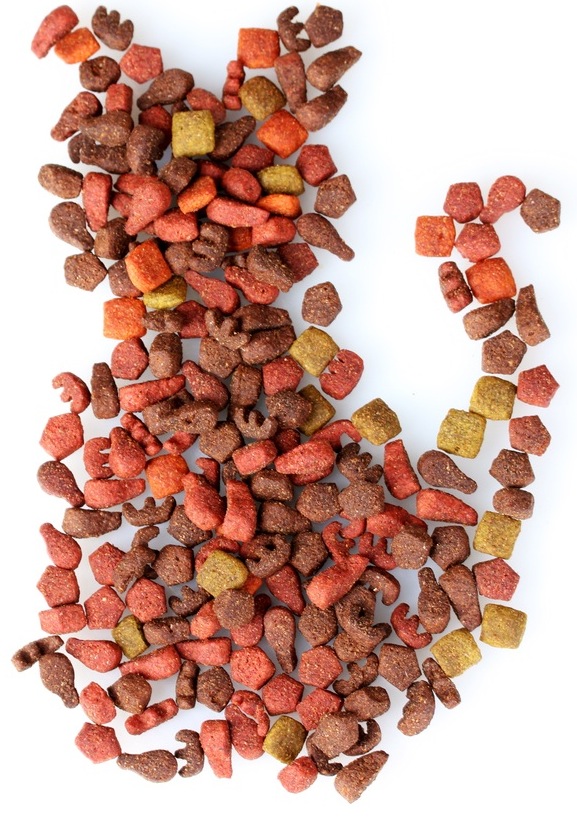Will dry or wet food be better for our new kitten?

A great deal of research effort and money has been spent on trying to establish just what cats prefer to eat, and yet surprisingly, we are now moving away from offering our pets their preferred option.

Almost all domestic cats instinctively prefer canned food to dry, as it more closely resembles their natural prey, in terms of texture and water content. Dry food is an alien concept to a cat, especially to the wild cat ancestors of the domestic cat, since they are not generally scavengers by nature, but active hunters, eating what they catch.
Kitten and dry foodIt is generally harder to switch a cat from canned food to dry, rather than vice-versa. The fact of the matter is, of course, that dry food is simply easier for us, being lighter to carry than cans, and more straightforward to use.
The convenience factor
You just need to tip it out into a bowl, and leave it for your cat to eat in due course. Canned food of course dries up quite readily, plus it is more likely to attract flies in warm weather, and the bowl always has to be washed up shortly after each meal.
Unfortunately, we're becoming lazier about feeding our pets though, as reflected by the fact that obesity is now becoming a major problem in cats. Instead of restricting the quantity of dry food provided, the temptation is almost instinctively to overfeed, tipping out more into the bowl than is required.

In the long term, this isn't doing cats any favours. If you follow the feeding instructions though, dry food can be beneficial, in that it helps to prevent a build-up of tartar on the teeth, and so provides some protection against dental problems.

It seems that cats develop their food preferences quite early in life, and it is a good idea to introduce them to different foods at this stage, so that hopefully, later in life, your cat will eat a variety of foods without hesitation. Otherwise, should you try to alter its diet, you could find that your pet simply decides to eat out, seeking food elsewhere, often from a neighbour. Aim to offer meals of dry and wet food each day, so your pet gains a taste for both options.
For the first week or so though, stick to the food which your kitten has become used to eating since it was weaned. Any sudden dietary alterations at this stage particularly could trigger diarrhoea, and so you need to make changes gradually after this period, mixing the new type of food in with the kitten's existing food, and increasing the quantity over successive meals.